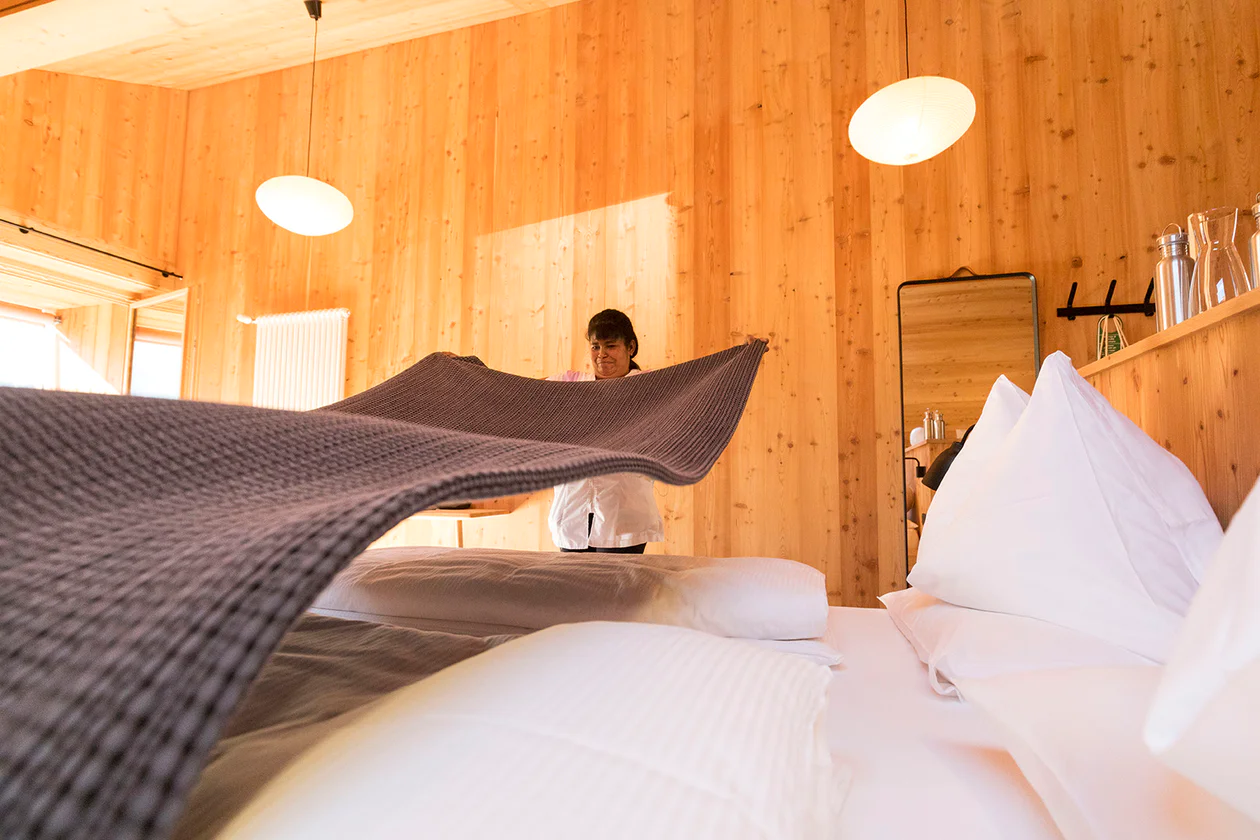Wineries
Neumarkt/Egna, Alto Adige Wine Road
The Gottardi family from Innsbruck had already made a name for themselves in the world of wine as dealers when, in 1986, they fulfilled a dream: with their own estate winery and grape growing areas in Alto Adige’s Pinot Noir heaven. Thus the Gottardi Estate Winery came into existence in Egna-Mazzon.
But before the Gottardis were able to get the first bottle of their own wine onto the market, a great deal of work was necessary. All of the vineyards were replanted and set up with Guyot trellises. And the winery was also rebuilt. Only in 1995 was it possible to make the first wines, starting out with Gewürztraminer, Chardonnay, and Pinot Noir. “But because Pinot Noir enjoys great popularity both nationally and internationally, in 2010 we decided to devote ourselves exclusively to this unique grape variety,” says Alexander Gottardi.
And the conditions for this in Mazzon above Egna are absolutely ideal: sandstone, limestone, and marl soils with long evening sun and cool mountain winds at night prevent the grapes from maturing too quickly. “They also grow rich in finesse and elegance,” Gottardi says with enthusiasm, as he makes his contribution to top-quality Pinot Noirs with a consistent policy of quality. Thus the grapes are harvested by hand and carefully selected.
“From the first year, the grape material has been transported into the winery only with gravity, which is very important since Pinot Noir is very sensitive,” the winegrower explains. His Pinot Noir is first matured in stainless steel tanks and then in small French barrique barrels, and finally allowed to age in the bottle. A lot of work for a place in the Pinot Noir heaven.
But before the Gottardis were able to get the first bottle of their own wine onto the market, a great deal of work was necessary. All of the vineyards were replanted and set up with Guyot trellises. And the winery was also rebuilt. Only in 1995 was it possible to make the first wines, starting out with Gewürztraminer, Chardonnay, and Pinot Noir. “But because Pinot Noir enjoys great popularity both nationally and internationally, in 2010 we decided to devote ourselves exclusively to this unique grape variety,” says Alexander Gottardi.
And the conditions for this in Mazzon above Egna are absolutely ideal: sandstone, limestone, and marl soils with long evening sun and cool mountain winds at night prevent the grapes from maturing too quickly. “They also grow rich in finesse and elegance,” Gottardi says with enthusiasm, as he makes his contribution to top-quality Pinot Noirs with a consistent policy of quality. Thus the grapes are harvested by hand and carefully selected.
“From the first year, the grape material has been transported into the winery only with gravity, which is very important since Pinot Noir is very sensitive,” the winegrower explains. His Pinot Noir is first matured in stainless steel tanks and then in small French barrique barrels, and finally allowed to age in the bottle. A lot of work for a place in the Pinot Noir heaven.























